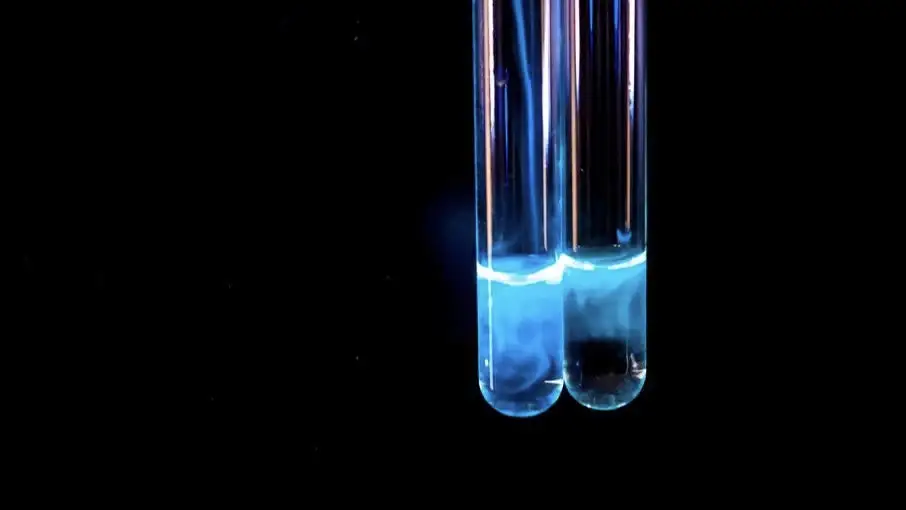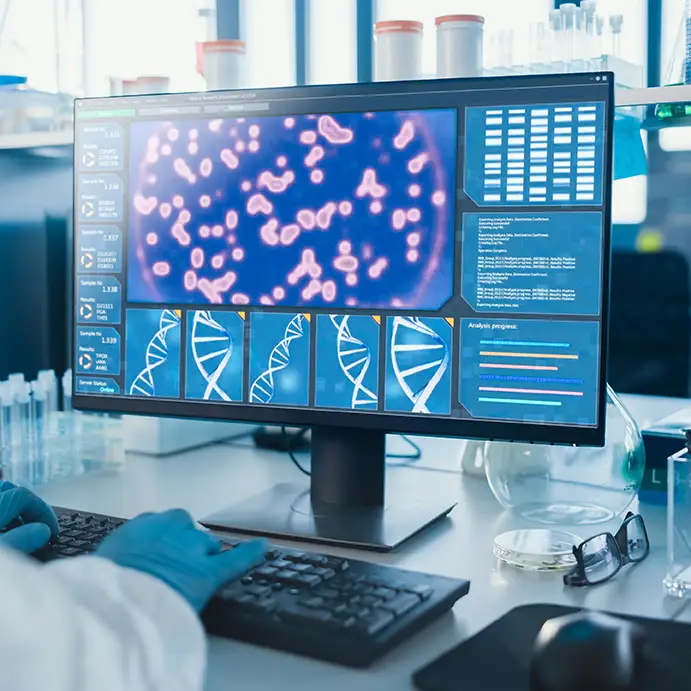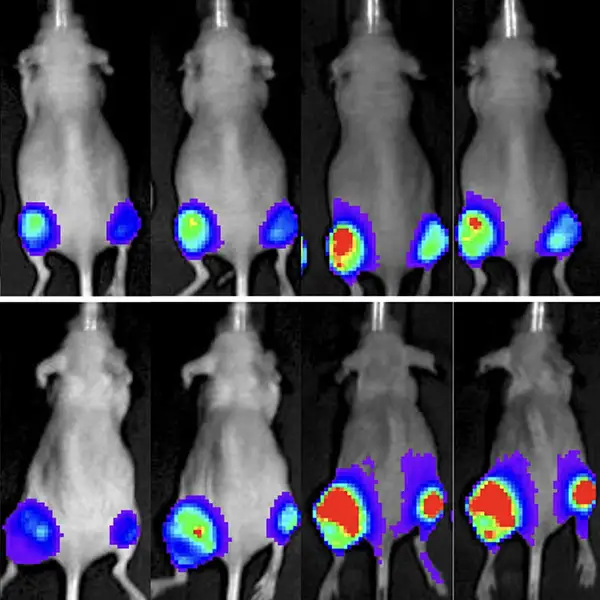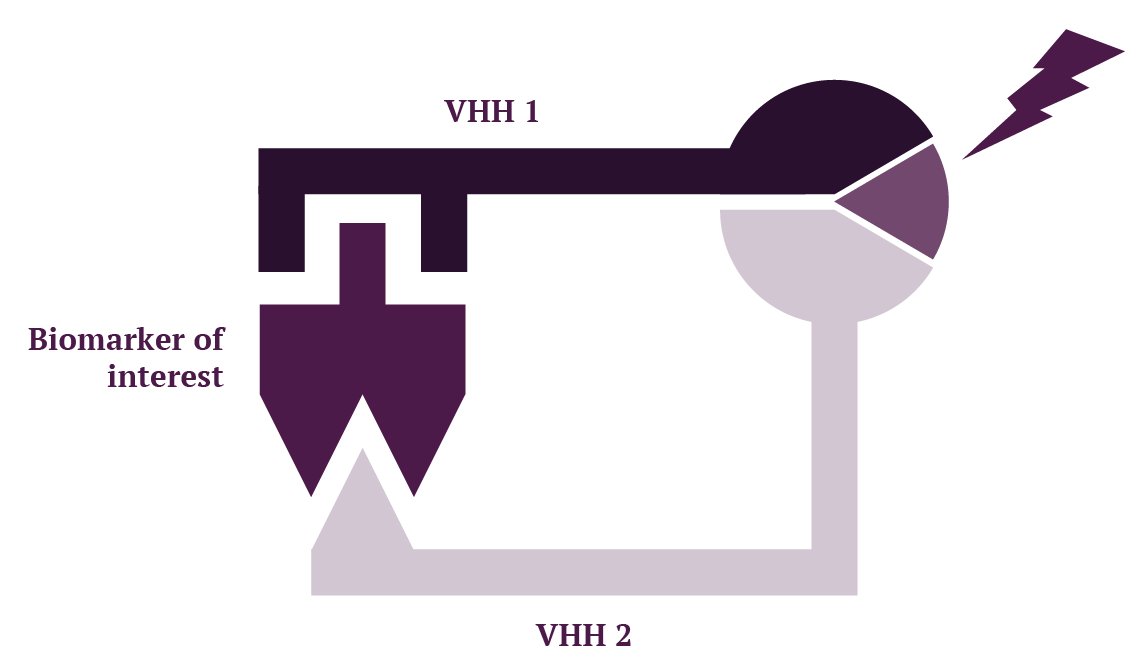Bioluminescence
Technology.
your early-stage
research
Originating from the depths of the ocean, bioluminescence is a fascinating natural phenomenon widely observed in various marine species such as fish, shrimp, and jellyfish. In these extreme environments, where sunlight does not penetrate, organisms generate their own light through biochemical reactions, often as a means of camouflage, communication, or prey attraction.
For decades, this phenomenon has been harnessed in the fields of life sciences and biomedical research.
In particular, bioluminescence plays a crucial role in the development of highly sensitive immunoassays used in molecular biology and medical diagnostics. These assays rely on the ability of luminescent reactions to generate light through the enzymatic catalysis of a chemical substrate.


Advantages of bioluminescence
One of the key advantages of this technology is its exceptionally low background noise, which ensures highly precise and reliable measurements, even at extremely low concentrations. Thanks to this remarkable sensitivity, researchers can detect biomarkers at picomolar and even femtomolar levels. These advancements have significant applications in disease research, therapeutic monitoring, and the development of innovative medical treatments.
Bioluminescence assays
Bioluminescence has become a powerful tool in biological and biomedical research, including some key applications in:

Gene Expression Studies

Imaging in Living Organisms

Drug Discovery and Testing

Monitoring Cellular Activities

Environmental Monitoring

Pathogen Detection

Studying Neural Activity
Synthelis bioluminescence technology
The LuliFLASH technology platform by BIOCELLIS was developed at the Institut Pasteur in Paris over the last decade and allows ultra-high analytical sensitivity at the pg/mL level with an exceptionally fast measurement.
This groundbreaking technology is built upon three key patented pillars:
1/ A set of genetically optimized split luciferase enzymes designed so that their catalytic site is only reconstituted when both complementary enzyme fragments bind to the same target biomarker. This ensures an extremely specific and sensitive detection process.
2/ The use of recombinant ligands, directly co-expressed as chimeric proteins with the above-mentioned luciferase halves. This approach optimizes assay affinity, shortens the development time for new tests, and enables cost-effective, large-scale production.
3/ A chemically optimized substrate, called Hikarazine™, specifically designed to minimize background noise, enhance assay sensitivity, and drastically reduce production costs—thanks to an innovative chemical design and synthesis process.
Together, these three pillars form the cornerstone of integrating bioluminescence technology into the Lifesciences market, offering rapid development, exceptional sensitivity, high throughput, and all of these at a fair price—a true revolution in the field of next-generation Lifescience tools.

